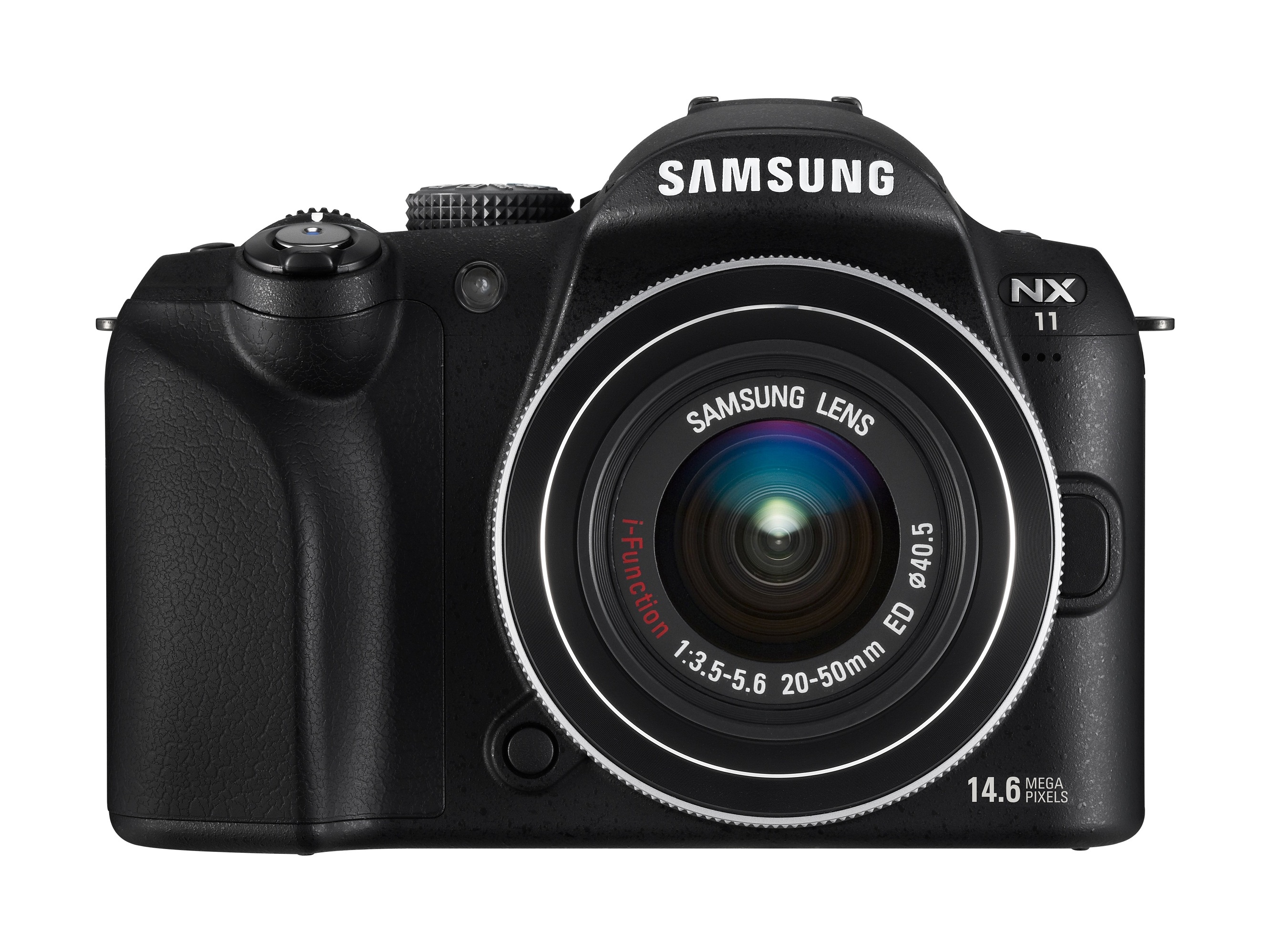TechRadar Verdict
Pros
- +
Easy to use controls
- +
Helpful display button
- +
High quality viewfinder
- +
Captures raw
Cons
- -
Cluttered button layout
- -
Not worth upgrading from the NX10
Why you can trust TechRadar
Following the announcement of the Micro Four Thirds system back in 2008, Samsung became the first company to declare that it would launch a competing NX series.
As with the Micro Four Thirds system it was to be based the on the same principle of a small-format body with a large sensor, and would include a new range of lenses which also promised the combined benefits of portability and high image quality.
To date the system has borne three models, of which the NX11 is the latest. Numbered just one figure higher than the debut NX10 model, the newcomer suggests that it's more a modest improvement on an existing concept than anything more radical, and, indeed, the changes between the models prove to be slight.
Nevertheless, changes have been made and as the current flagship model in the series Samsung clearly feels this is its best answer to a growing list of alternatives. So is there anything to get excited about?
Features
The major change with the new model is that it supports Samsung's i-Function lens system straight out of the box.
This takes advantage of the natural way a photographer holds a camera, by allowing the lens's focusing ring to be used to regulate a collection of key controls, such as shutter speed, aperture and exposure compensation (much in the same vein as the aperture rings common to older lenses).
The settings available depend on the exposure mode you set on the mode dial, and alternating between then happens upon a press of the dedicated iFunction button on the barrel of the lens.
In use, the effectiveness of this system varies between lenses; on the kit lens, both the iFunction button and focusing ring are in the perfect position for respective thumb and finger control, although the smaller proportions of the 20mm pancake lens and the different position of the iFunction button means that accessing the feature is too awkward for comfort.
Samsung is also said to have revised the NX11's focusing system, claiming it to be the fastest yet on an NX model. The system offers 15 points as standard, which increase to 35 when shooting close up, while Face Detection is said to be effective for up to 10 faces per frame.
There's also a new Panorama function, which is accessible through the mode dial; the user simply pans across a scene and monitors progress through a bar on the display, and it's possible to shoot panoramas both horizontally and vertically, the latter being helpful for buildings and other tall structures.
It takes a little practice to please the system, and should you move over any low-contrast areas the camera immediately stops recording, but when it works it works well, with images processed in a matter of seconds.
As on the NX10, the new model's screen is a 3-inch AMOLED display with 614,000 dots. Verifying the touted benefits of OLED technology, the screen does indeed offer a capable viewing angle and is noticeably easier to see in harsher light than equivalent LCD screens, while its feed is very smooth.
It does, however, appear to suffer from aliasing artefacts which dance around finer details, and subjects tend to wobble as the camera moves around a scene. It's also considerably more detailed when browsing through captured images than when viewing the screen in real time.
For these reasons the 921,000dot electronic viewfinder may be preferable; while it falls a little short of being best in class, it's clear, bright and detailed and, presumably due to the different technology on which it is based, suffers far less from any of the issues described above.
The camera's APS-C-sized CMOS sensor is similar but not identical to that in the NX10, with 15.1MP total and 14.6MP of these effective. This captures images in Samsung's proprietry SRW raw format as well as in JPEG, now in a choice of three separate aspect ratios: the standard 3:2, 16:9 and 1:1.
For the purposes of metering the camera employs a 247-segment sensor, which allows for the traditional triplet of multi, centre-weighted and spot patterns, while there's also a capable assortment of colour options within Samsung's Picture Wizard system, all of which may be personalised to taste and with the added provision of three custom options.
The camera also offers a sensor-based dust reduction system and image stabilisation through its kit lens, although there seems to be no good reason as to why the tiny grey icon which indicates camera shake couldn't be made larger and be brightly coloured as on similar models, as it can often be difficult to notice.
Finally, HD videos are recorded to the 1280x720p standard at 30fps, with compression handled by the H.264 codec and mono sound recording from an in-built microphone, while all images and videos are stored to SD and SDHC memory cards.
The camera is powered by a rechargeable lithium-ion battery which claims to last for up to a respectable 400 frames, although this figure varies depending on how exactly the camera is used.
